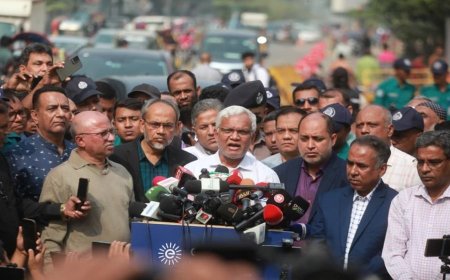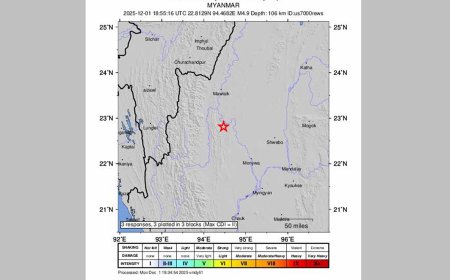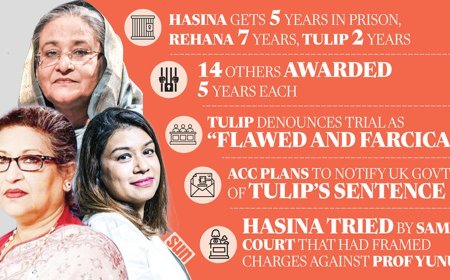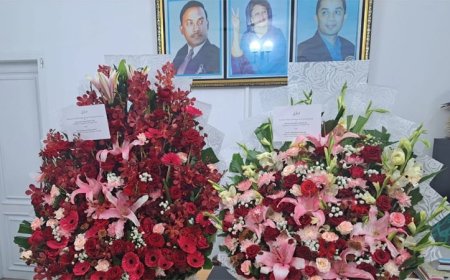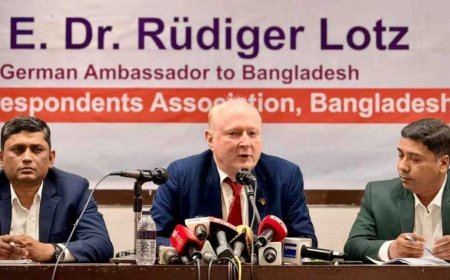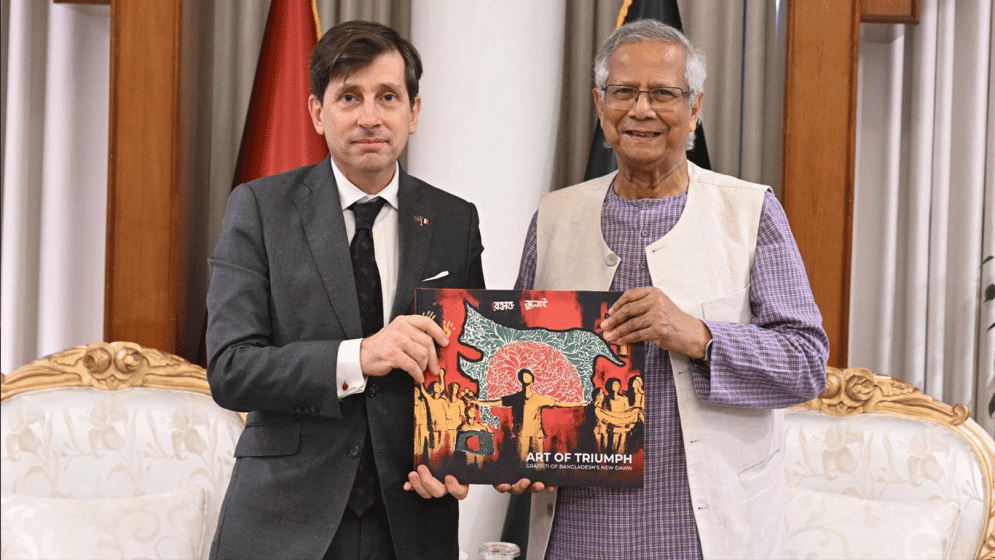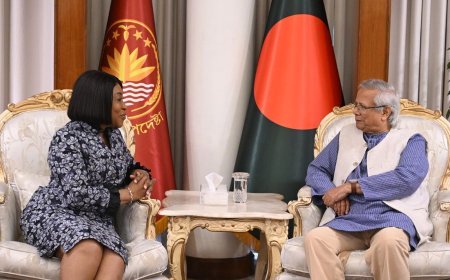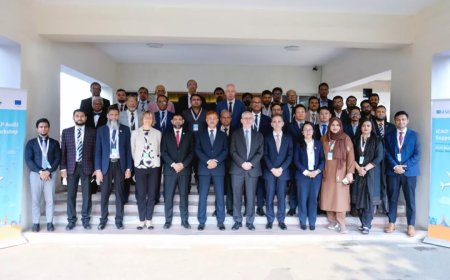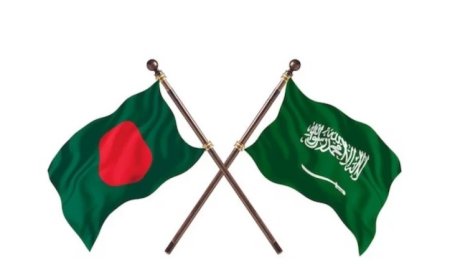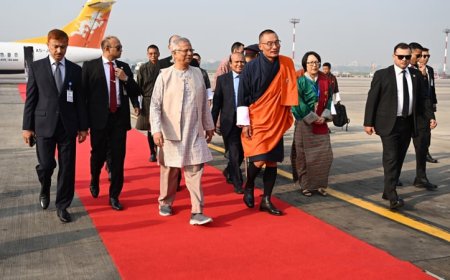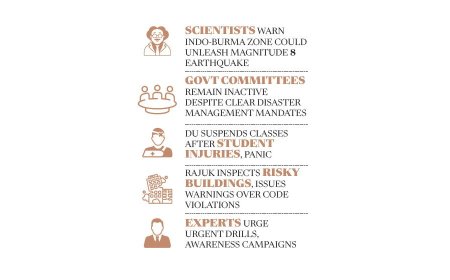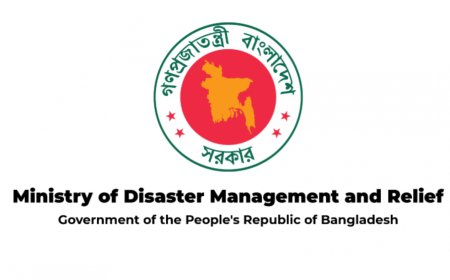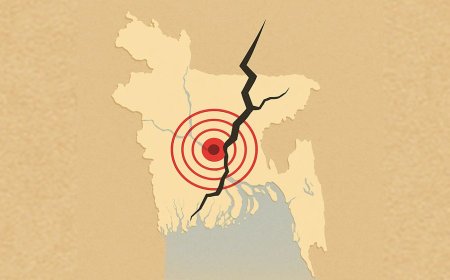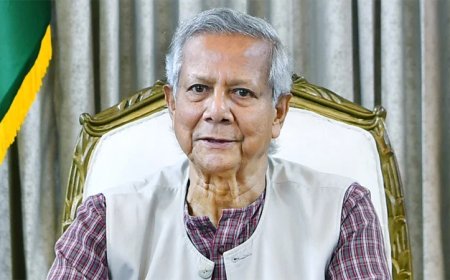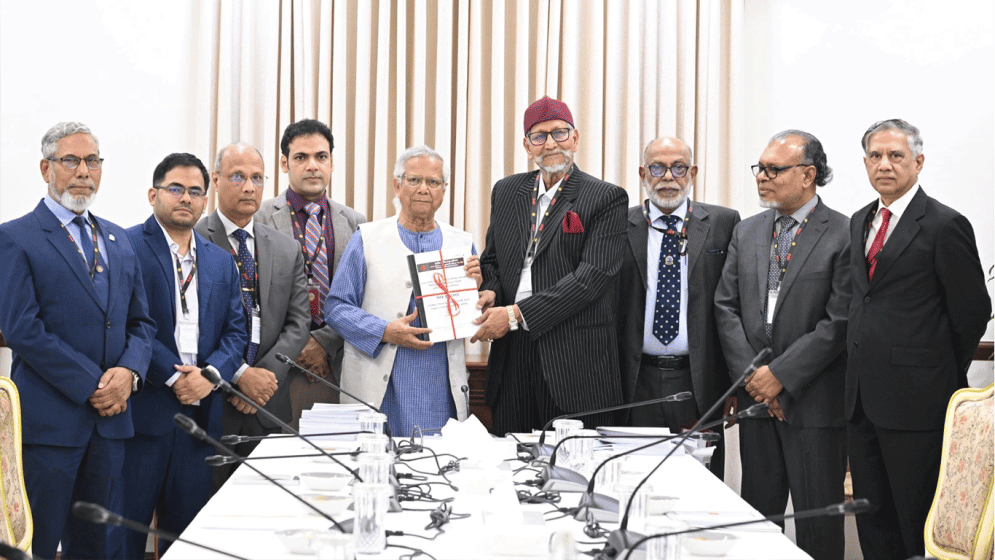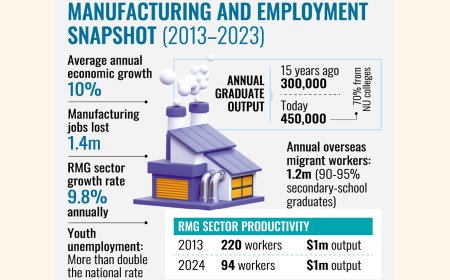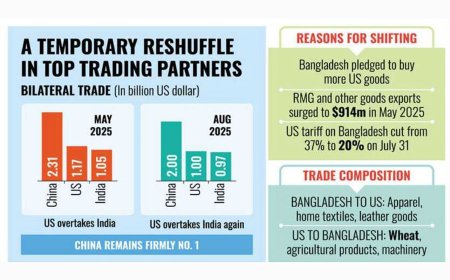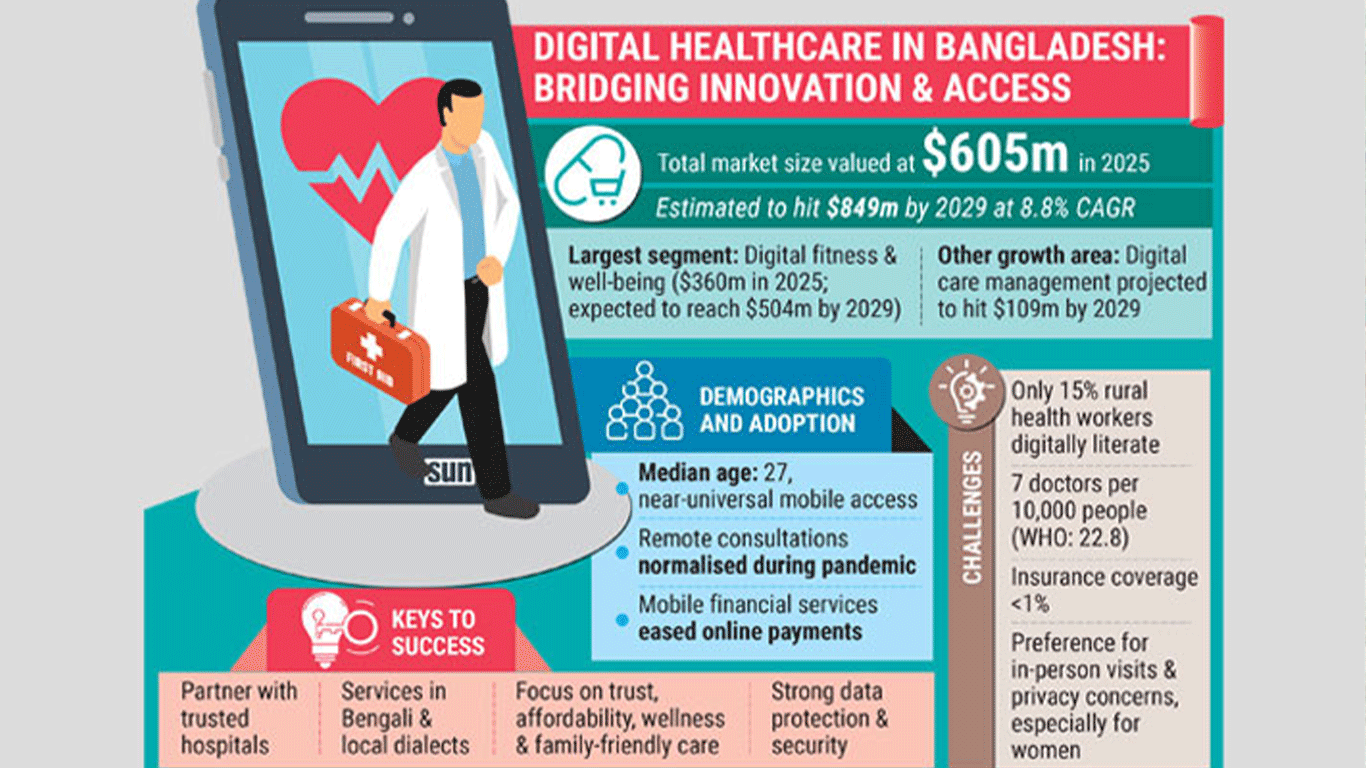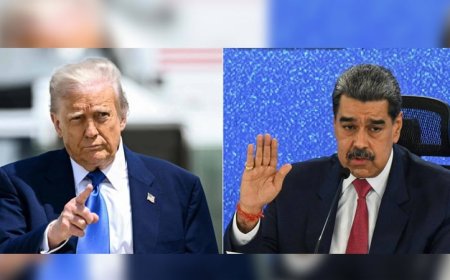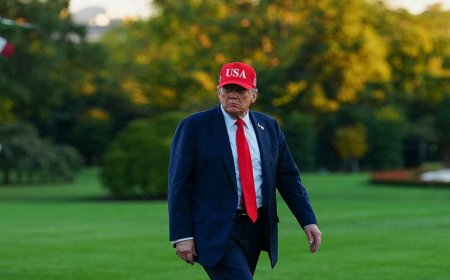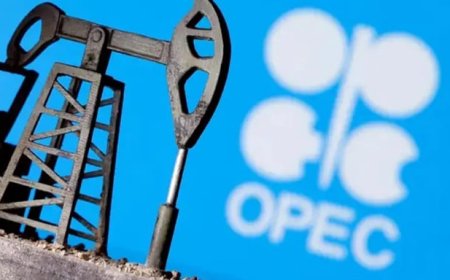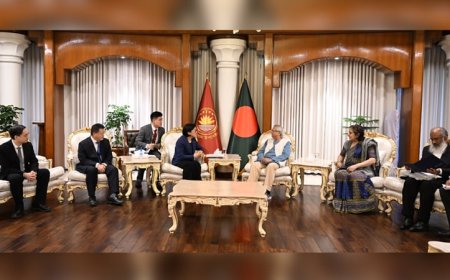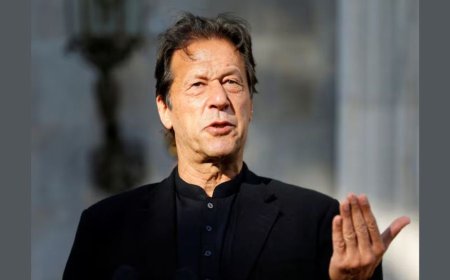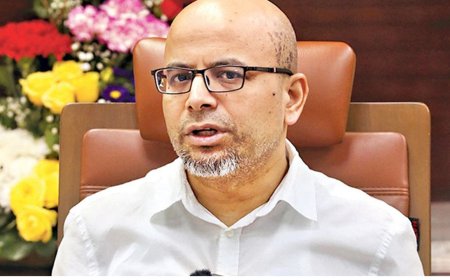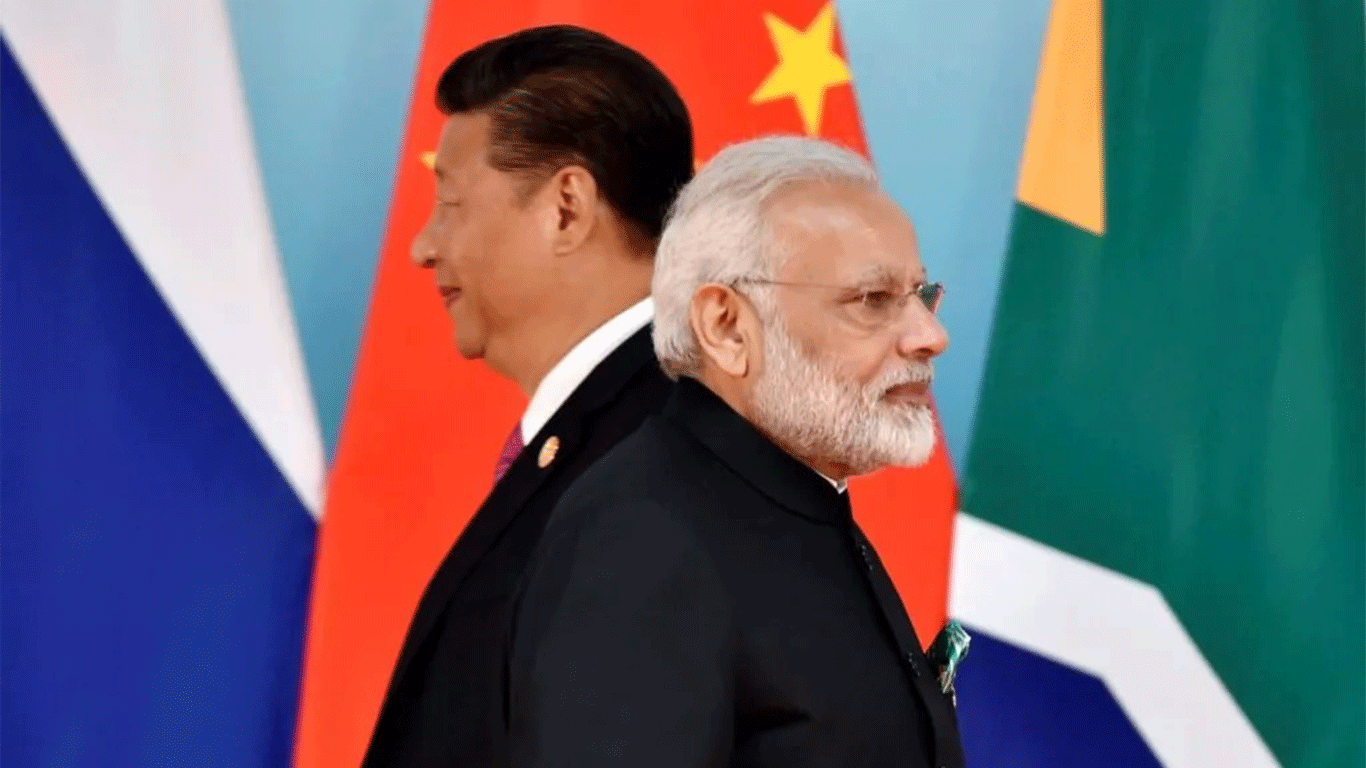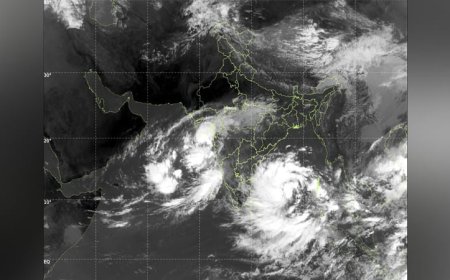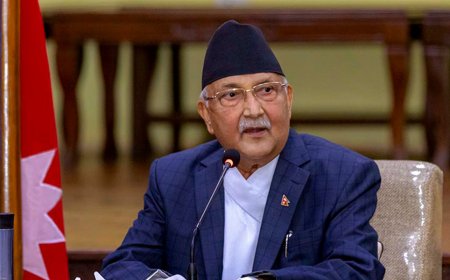Bangladesh Targets Expansive Japanese RMG Market
Bangladesh Targets Expansive Japanese RMG Market
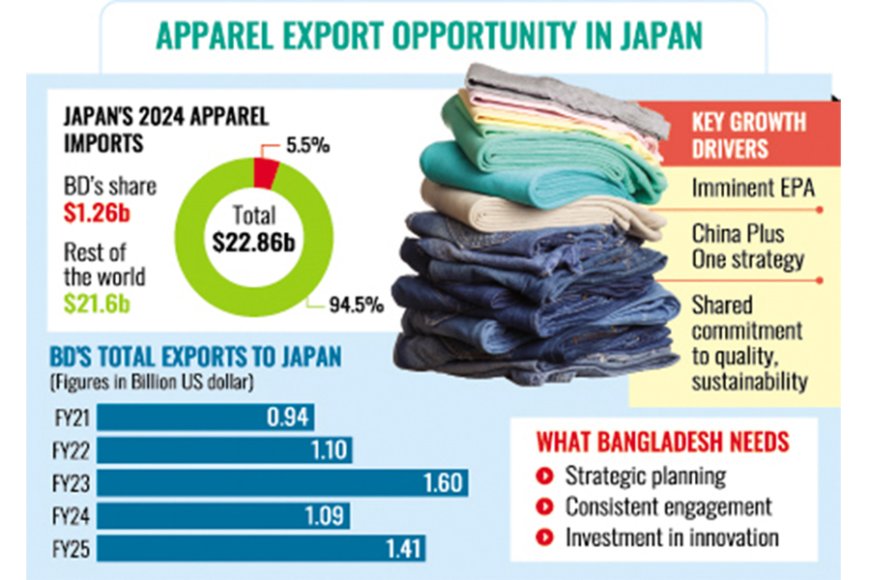
Bangladeshi apparel exporters are increasingly turning their attention to Japan, recognising the vast untapped potential of its readymade garment (RMG) market.
Many manufacturers and buying houses are preparing to strengthen their foothold in this high-value destination, driven by the prospect of an economic partnership agreement (EPA), Japan’s growing interest in China Plus One sourcing, and a shared emphasis on quality and sustainability. Industry leaders say these factors place Bangladesh in a strong position to expand exports significantly, though success will require careful strategy, sustained engagement, and investment in innovation to meet Japan’s demanding standards.
Japan imported $22.86 billion worth of apparel in 2024, according to the International Trade Centre (ITC). Bangladesh’s share was just $1.26 billion, or 5.5 percent, highlighting a major growth opportunity in a market known for premium pricing, strict quality requirements, and fast-changing fashion trends.
Kutubuddin Ahmed, founder and chairman of Envoy Textiles, the world’s first LEED Platinum-certified denim mill, stressed that honesty and transparency are essential when working with Japanese buyers. He explained that buyers often take time to place initial orders, as they want to ensure reliability across the supply chain — from raw materials to production. “They are also very particular about product quality, working conditions, innovation, and professionalism,” he told The Financial Express, noting that Japanese buyers are highly loyal once trust is established.
Mahbub Milton, executive director of Masco Group, said his company works with three Japanese buyers, including Japan Airlines, producing around 100,000 knit items such as T-shirts. However, he pointed out that reliance on agents like Toyoshima makes the market highly price-competitive, limiting suppliers’ margins. Still, he emphasised that the potential for growth is substantial.
He also noted that Japan’s China Plus One strategy has created an opening. While China once dominated up to 86 percent of Japan’s apparel imports, Bangladesh’s share remains modest at around 6 percent. Building long-term relationships and trust, he said, is key to expanding further.
A senior official from a multinational buying house, requesting anonymity, said his company will participate in Fashion World Tokyo (FaW Tokyo) Autumn Edition from October 1–3, alongside several other Bangladeshi exporters. “This fair is similar to Paris Fashion Week, attracting European and Korean buyers. For the first time, we have booked a stall to showcase our products, as we see strong potential in the Japanese market,” he said, adding that Bangladesh’s experience with Korean buyers provides an advantage given the similarity in standards and preferences.
Industry leaders also highlight the strategic importance of diversification. Former BGMEA director Mohiuddin Rubel said, “Expanding into Japan reduces reliance on Europe and the US. Its fashion-forward, quality-conscious market offers new avenues for growth.” BKMEA president Mohammad Hatem added that exports to Japan could rise significantly once the EPA is signed, but stressed the need for stronger research and development to identify buyer-specific demands and trends.
The seventh round of EPA negotiations between Japan and Bangladesh took place in Tokyo from September 3 to 12. Commerce ministry secretary Mahbubur Rahman confirmed the talks are close to conclusion, with finalisation expected by the end of September or early October.
Bangladesh’s exports to Japan have grown steadily in recent years, rising from $944.82 million in FY21 to $1.41 billion in FY25, despite some fluctuations in between, according to Export Promotion Bureau (EPB) data.
What's Your Reaction?







